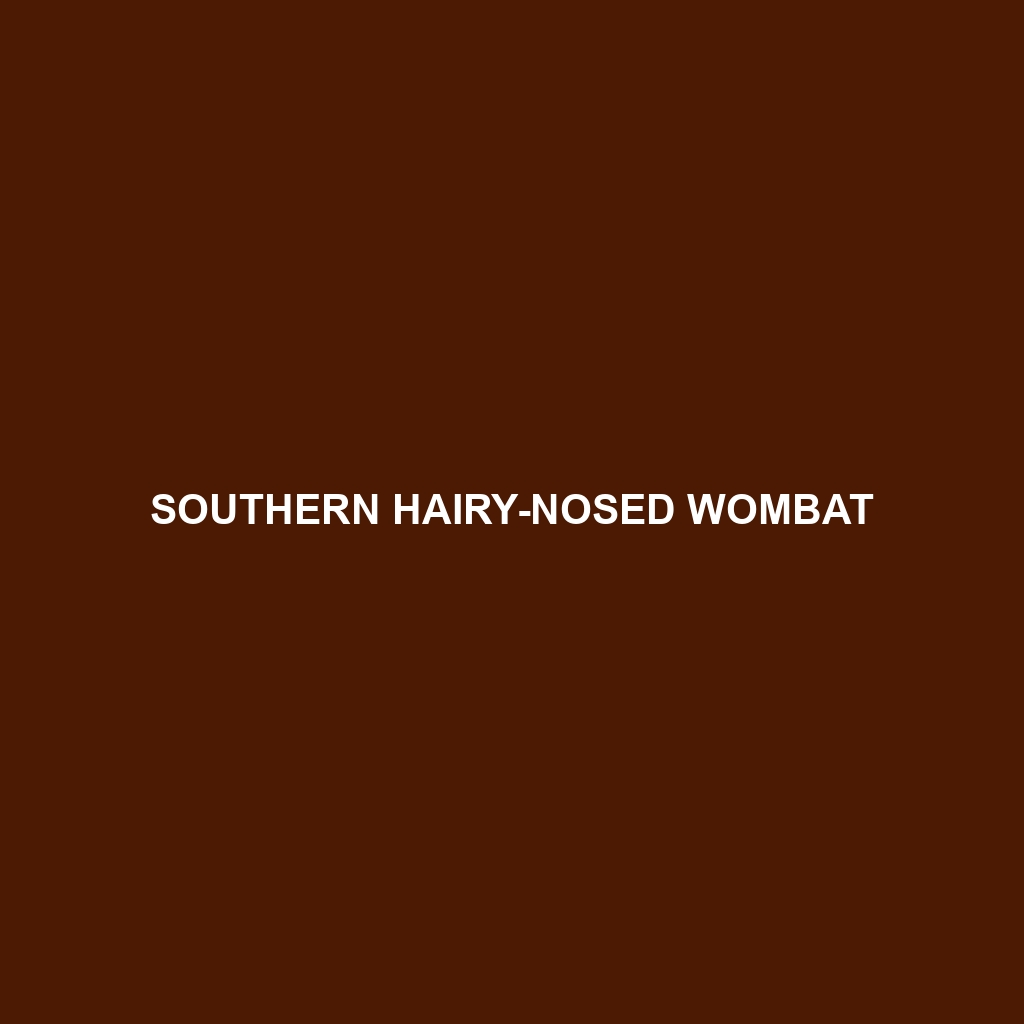Discover the fascinating Samana Hutia, a medium-sized rodent native to the lush tropical forests of the Samana Peninsula in the Dominican Republic. Known for their nocturnal behavior and social grooming habits, these herbivorous mammals play a vital role in their ecosystem as seed dispersers and contributors to soil health. However, with a vulnerable conservation status due to habitat loss, understanding and protecting the Samana Hutia is essential for preserving biodiversity in the Caribbean.
Tag: herbivorous
Black-tailed Hutia
Discover the Black-tailed Hutia, a unique and endangered rodent native to the Bahamas, thriving in tropical forests. With its distinctive black tail and social nocturnal behavior, this medium-sized herbivore plays a vital role in its ecosystem by aiding in seed dispersal and influencing plant growth. Learn about its habitat, diet, and the conservation efforts needed to protect this remarkable species.
Plebiscite Tuco-tuco
Discover the unique Plebiscite Tuco-tuco, a medium-sized rodent native to the mountainous grasslands and scrublands of the South American Andes. With its distinctive physical traits, diurnal behavior, and vital role in soil aeration, this endangered species faces significant threats from habitat destruction. Learn more about its fascinating lifestyle and the conservation efforts needed to protect it.
Pearson’s Tuco-tuco
Discover Pearson's Tuco-tuco, a unique rodent species native to the grasslands of Argentina. With its distinctive burrowing habits and vital role in soil aeration, this nocturnal creature faces increasing threats from habitat destruction. Learn about its fascinating behavior, diet, and conservation status in this insightful blog post.
Perrens’s Tuco-tuco
Discover the fascinating world of Perrens's Tuco-tuco, a unique rodent native to central Argentina's grasslands. Learn about its intriguing burrowing behaviors, dietary habits, and critical role in maintaining ecosystem balance, as well as the conservation challenges it faces due to habitat loss. This blog post delves into the life and importance of this vulnerable species, highlighting why it deserves our attention.
Magellanic Tuco-tuco
Discover the fascinating world of the **Magellanic Tuco-tuco** (*Ctenomys magellanicus*), a unique rodent native to the temperate grasslands and forests of Argentina and Chile. Known for their extensive burrowing systems and robust physical characteristics, these vulnerable creatures play a crucial role in their ecosystem by aerating soil and dispersing seeds. Learn more about their behavior, diet, and conservation status in our insightful blog post.
Ibicui Tuco-tuco
Discover the fascinating world of the Ibicui Tuco-tuco, a burrowing rodent native to the grasslands of southern Brazil. Learn about its unique adaptations, diet, and critical role in soil aeration and ecosystem balance, while also exploring the conservation challenges it faces due to habitat loss. Delve into this intriguing species and uncover its importance to biodiversity in its native environment.
Chacoan Tuco-tuco
Discover the fascinating world of the **Chacoan Tuco-tuco** (*Ctenomys haigi*), a medium-sized rodent native to the arid Gran Chaco region of South America. With its remarkable burrowing behavior and essential role in soil health and plant diversity, this vulnerable species faces threats from habitat destruction. Learn about its unique adaptations, social structures, and the urgent need for conservation efforts to protect this ecological gem.
Southern Hairy-nosed Wombat
Discover the Southern Hairy-nosed Wombat (Lasiorhinus latifrons), Australia’s smallest wombat species, renowned for its coarse fur and robust burrowing habits. With a range of unique physical traits and intriguing behaviors, this solitary marsupial plays a vital role in its arid ecosystem, all while facing conservation challenges. Join us as we explore its fascinating life and the importance of protecting this remarkable creature.
Black Forest Wallaby
Discover the enchanting Black Forest Wallaby, a striking marsupial that thrives in the misty woodlands of the Black Forest region. This comprehensive guide explores its unique physical traits, fascinating behaviors, and vital ecological role, while also emphasizing the importance of conservation efforts to protect its natural habitat. Join us in celebrating this elusive creature and learn how it contributes to the biodiversity of its forest home.









